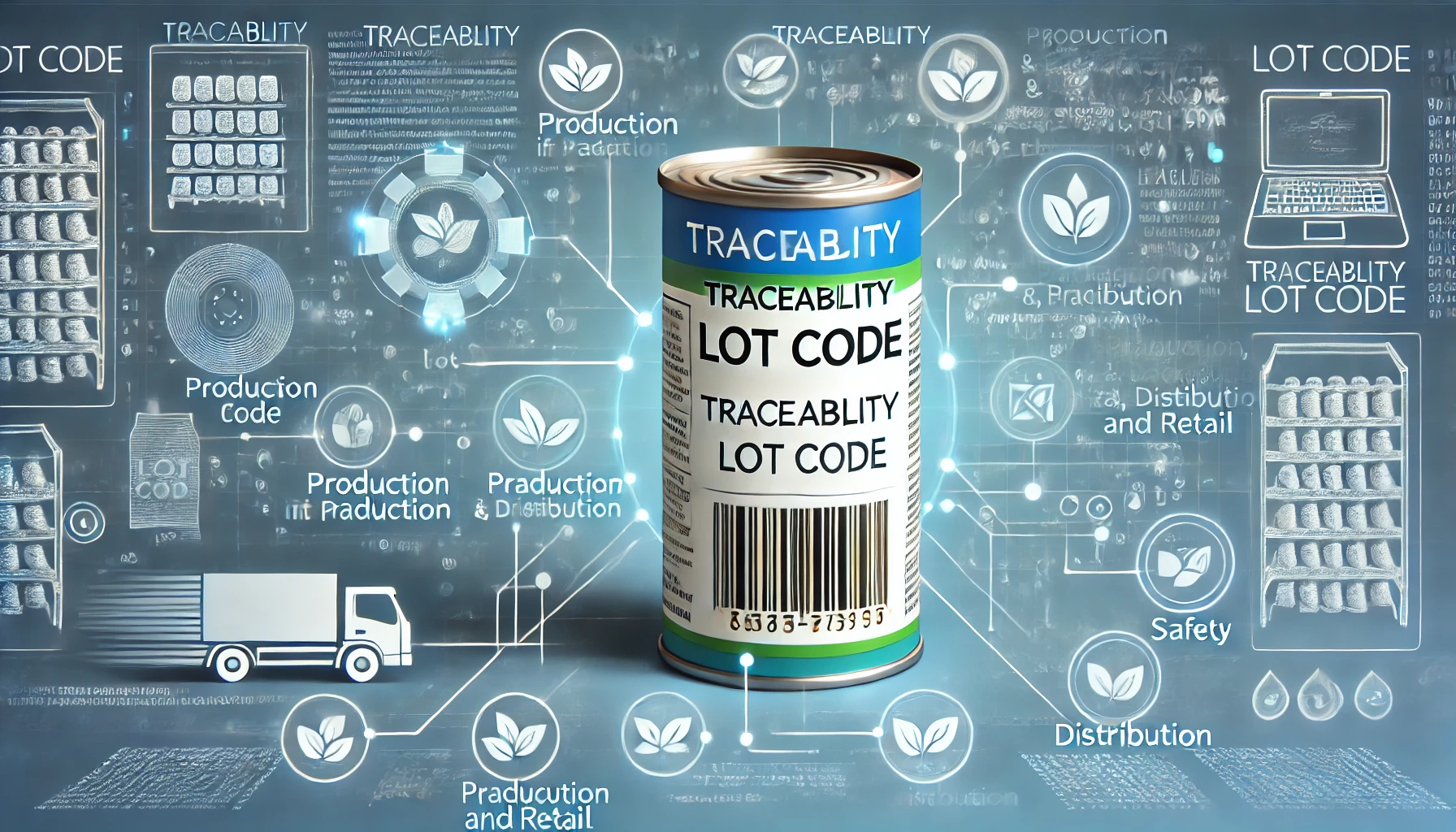- Published at
What's a Traceability Lot Code?

Learn what a traceability lot code is, why it matters for FDA compliance, and how automated no-code solutions can help your business implement effective traceability.
Table of Contents
- What is a Traceability Lot Code?
- Why Traceability Lot Codes Matter
- FDA Compliance Requirements
- How to Implement Traceability Lot Codes
- 1. Map Your Supply Chain
- 2. Choose a Lot Coding System
- 3. Use Technology for Tracking
- 4. Train Staff and Audit Regularly
- Common Questions
- ❓ Is a traceability lot code the same as a UPC?
- ❓ Who needs to use traceability lot codes?
- ❓ How long do I need to keep traceability records?
- Need Help with FDA Traceability Lot Codes?
- Additional Resources
What is a Traceability Lot Code?
A traceability lot code (sometimes called a “lot number” or “batch code”) is used to:
- Identify a specific group of products with common production parameters
- Track and trace that group through manufacturing, processing, packing, and distribution
- Quickly isolate affected products in the event of contamination or recall
Under the FDA’s Food Traceability Rule, part of the Food Safety Modernization Act (FSMA), certain high-risk foods are required to be tracked using lot codes that can be traced from origin to point of sale or service.
Why Traceability Lot Codes Matter
Traceability lot codes are essential to ensuring food safety and achieving regulatory compliance. Key benefits include:
- ✅ Rapid Recall Response: Quickly identify and remove affected products
- ✅ Regulatory Compliance: Meet FDA traceability requirements under FSMA Section 204
- ✅ Supply Chain Transparency: Monitor product movement at each step
- ✅ Consumer Trust: Demonstrate proactive food safety practices
- ✅ Business Continuity: Minimize risk, liability, and operational disruption
FDA Compliance Requirements
To comply with FDA traceability regulations, businesses must:
- Assign a lot code at the Critical Tracking Event (CTE), such as harvesting, initial packing, or shipping.
- Record Key Data Elements (KDEs) including:
- Lot code
- Product description
- Quantity and unit of measure
- Location and date/time of the event
- Maintain records for up to 2 years, in a sortable and accessible digital format.
- Link lot codes across your supply chain to create end-to-end traceability.
🛑 Non-compliance can lead to enforcement actions, recalls, and reputational damage.
How to Implement Traceability Lot Codes
Implementing traceability in your operations requires a structured approach. Here’s how to get started:
1. Map Your Supply Chain
- Identify all Critical Tracking Events (CTEs)
- Understand where lot codes must be assigned or recorded
2. Choose a Lot Coding System
- Use date codes, production lines, or batch IDs
- Ensure the code is unique, legible, and consistent
3. Use Technology for Tracking
- Implement traceability software or ERP systems
- Automate data collection with barcodes, QR codes, or RFID
4. Train Staff and Audit Regularly
- Ensure everyone understands lot code procedures
- Run mock recalls to test your system
Common Questions
❓ Is a traceability lot code the same as a UPC?
No. A UPC (Universal Product Code) identifies the product type. A lot code identifies a specific group of products—like a batch produced on a certain day.
❓ Who needs to use traceability lot codes?
Businesses handling FDA-designated high-risk foods, including:
- Produce growers and packers
- Seafood processors
- Dairy manufacturers
- Food distributors and wholesalers
❓ How long do I need to keep traceability records?
At least 2 years under FDA rules, and records must be available within 24 hours upon request.
Need Help with FDA Traceability Lot Codes?
Staying compliant with FDA regulations is vital—but it doesn’t have to be complicated. We help food businesses implement effective traceability systems that meet regulatory standards and streamline operations.
👉 Contact us today for a consultation or software demo.